Designing The Dining Experience
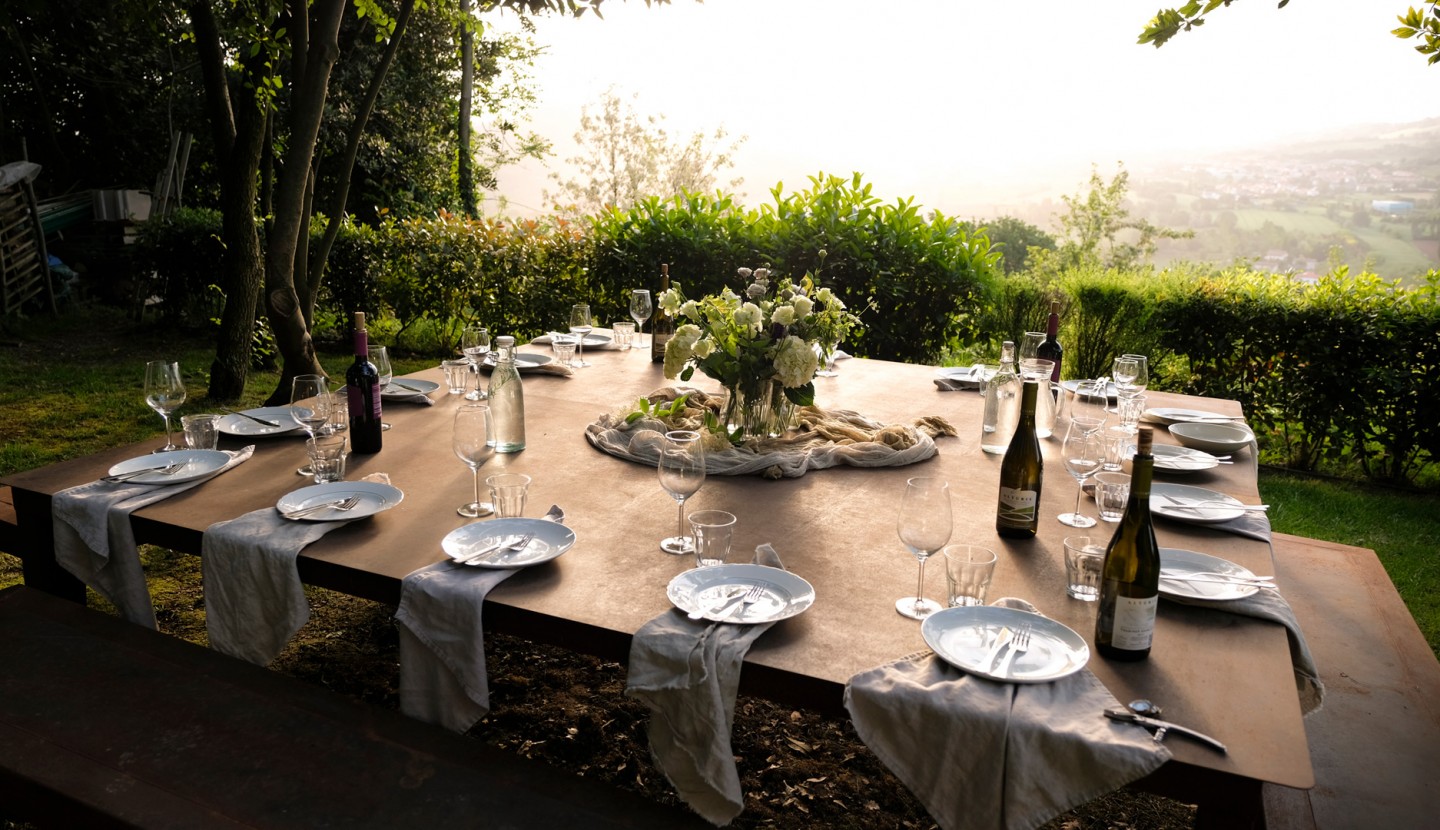
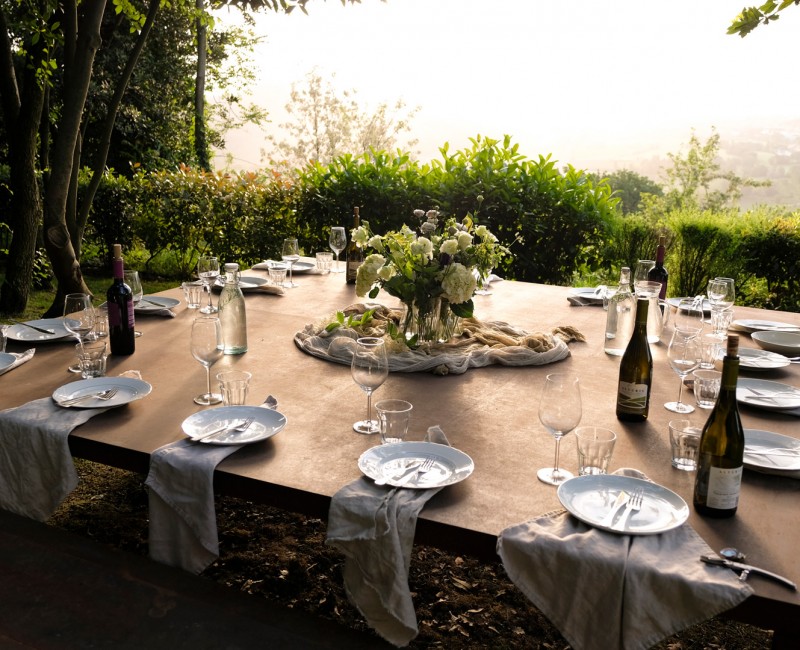
“If I want to eat some gingerbread, I choose a piece that is quite plain, and not in the shape of a heart or a baby or a horseman, and gilded all over. The man from the fifteenth century will not understand me. But all modem people will.”
Adolf Loos, architect
This is a quote from the manifesto called "Ornament and Crime" by the Austrian-Czech architect Adolf Loos ( 1870– 1933 ). The famous architect is exploring the idea that evolution to mankind is directly related to the elimination of ornamental features. Adolf was a great believer of stripped-down spaces that allowed one to think without any unnecessary distractions from sparkly forms that attract dust and are a waste of craftsmen's time.
Despite the fact that we love Adolf’s sharp mind and are charmed by minimalism, in this column we are determined to have a bit more fun when it comes to “art de la table” and setting limits to décor. The ultimate aim is to inspire “the atmosphere” and welcome our guests with a top-notch mood setter that will guarantee our dinner’s success. Added to that, we believe that the pleasure of seeing nice scenery as a guest equals the feeling that one can experience when preparing such a table and thus “giving” for loved ones. Let’s start committing …
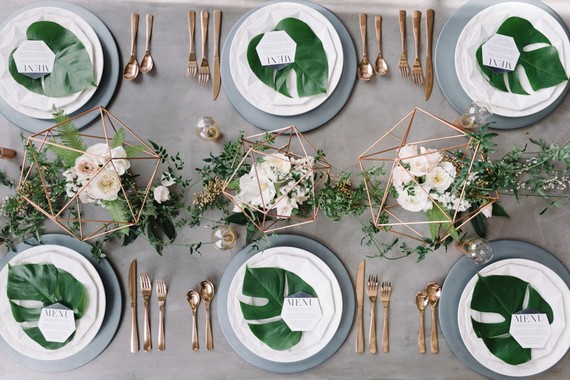
The aesthetic, the elegance is present everywhere in our everyday life, in our appearance, behavior, in our home style, in the way we live. We search daily for ways to upgrade the standards, to highlight and to achieve perfection! Even something incomplete presented correctly with elegance could be par excellence! Of course, the sense of aesthetic could not be missing from the art of dining. The phrase “we eat with our eyes, too” is more than true. The talent for cooking is not enough, the taste is not enough. The presence of this perfect atmosphere, the styling, the light, the colors….the story is more than necessary. The perfect scene that our eyes encounter will gradually accelerate our hormone of euphoria, creating this sense of absolute pleasure, joy, and satisfaction. I think that many times for the sake of such an atmosphere we compromise to moderate food and even feel excited about it.
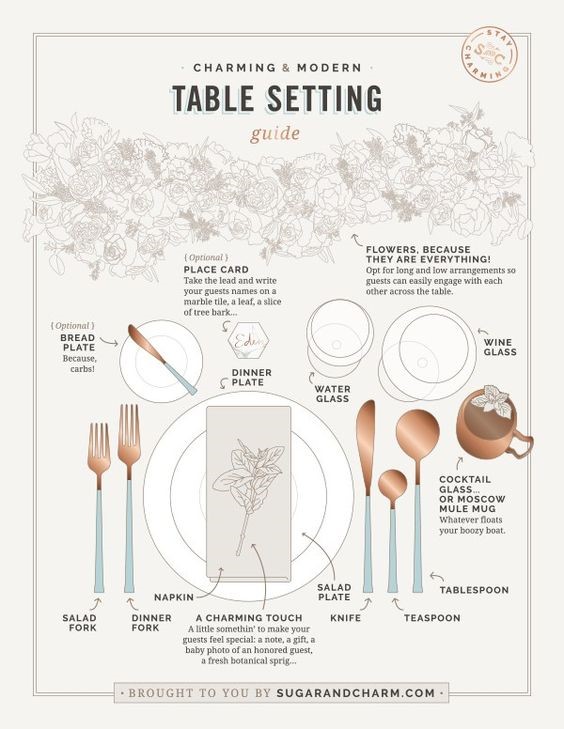
It is no surprise that great artists, designers have strong opinions and references about dining. Choosing the name “Ornament and Crime” for this column is a play on words but it also proves that a great architect of his time, Adolf Loos, had such a strong and absolute view of the aesthetic of dining. A few examples of bright architects that have left their mark on the art of the “Art de la Table”.
1. Designing the Dining Experience
Frank Lloyd Wright, (1867-1956), was recognized in 1991 by the American Institute of Architecture as the greatest American architect of all time! Many of his achievements are opened today to the public to show his unique architecture. Such an example is the Meyer May House in Grand Rapids. A visitor can see that Wright was planning the dining experience even though he lived more than a century ago.
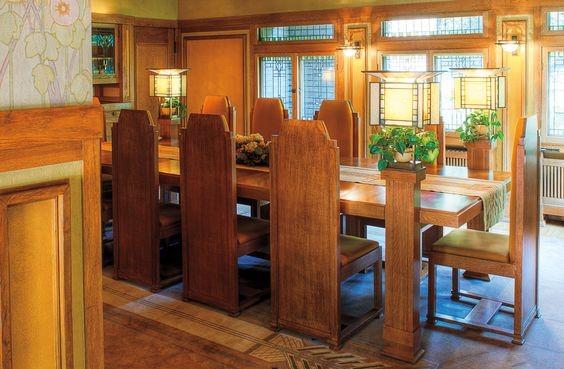
Exploring the main dining room, one can see the importance of this place for the architect and the whole process of eating with family and friends. The furniture, designed by the architect himself, was arranged so that every person gets a view of the outside. The central ceiling fixture is absent and instead, four lighting columns are placed at the four corners of the table as to soften the quality of light on each person’s face. The chairs were designed with a very high back to give a sense of privacy to the gathering. He demanded that no high centerpieces would be placed on the table to obscure the view between the guests. He engineered the dining experience to be as optimal as possible.
2. Eating Architecture, by Jamie Horwitz and Paulette Singley, architects
The authors of this highly original specimen collection investigate the relationship between food and architecture. They wonder what could be taught by looking at the food production process and the creation of space
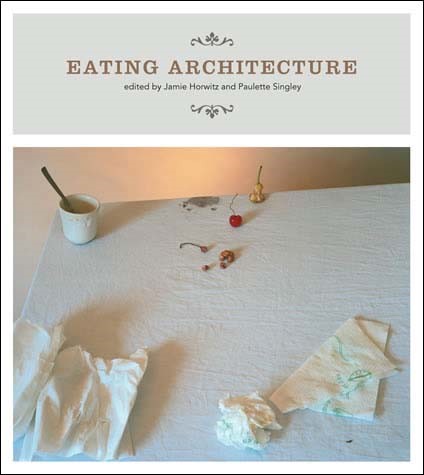
In a society that follows food channels and TV chefs sharpening their knives daily, food has not only become an obsession but an alternative form of art. The essays seek an interpretation on how the art and architecture engage issues of identity, ideology, euphoria, memory and the loss that cooking causes.
3. Increasing Disorder in a Dining Table, by Sarah Wigglesworth and Jeremy Till, architects
This drawing, by distinguished architects, documents the progression of a meal from a perfectly set table to a full action one and finishes with the wreckage of dirty dishes, crumpled napkins that confront the host after the last guest has departed.
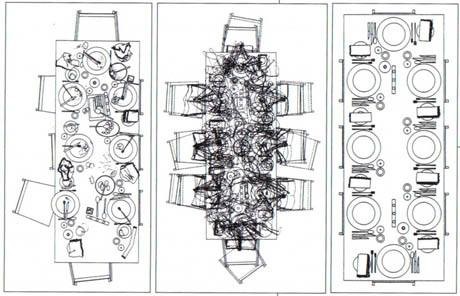
Wigglesworth’s and Till’s drawing fill the gap left by etiquette books, that ignore the design required for a successful dinner. In fact, reversing the series of designs seems to suggest the perfect dinner can run smoothly forward, starting with a perfect table and backward starting with aesthetically positioned debris, scenic directions.
4. Metameal, Manifestation
The video was filmed for the Metameal Exhibition by Milos Spasic, curator of the Department for Prehistory in Belgrade City Museum. The Exhibition dealt with social and cultural aspects of food and drink consumption in prehistory and modern age. The video is a re-enactment of a famous drawing which portrays increasing disorder in a dining table by architects Sarah Wigglesworth and Jeremy Till.
This work analyzes the progression of a formal lunch and movements of eight people sitting at the dining table. Three drawings showing sequences of the meal are placed in reverse order and they present a messy table after the finished meal. The sketch in the middle shows the dynamic of hand movements during lunch, while the third sketch shows a perfectly arranged table before the meal. By placing the three sequences in reverse order, the authors have shown how social relations between lunch participants are taking place independently of the chaos before or after the meal. The artwork has strong architectural expression and is one of the most cited works on the dynamics of producing space for specific purposes.
The above was just a small mention that confirms the concern and the importance that scientists have for the aesthetic of the process of dining. But what is ultimately the perfect dinner? How personal and subjective is this quest? Let me tell my own, personal feeling of how I experience this process.
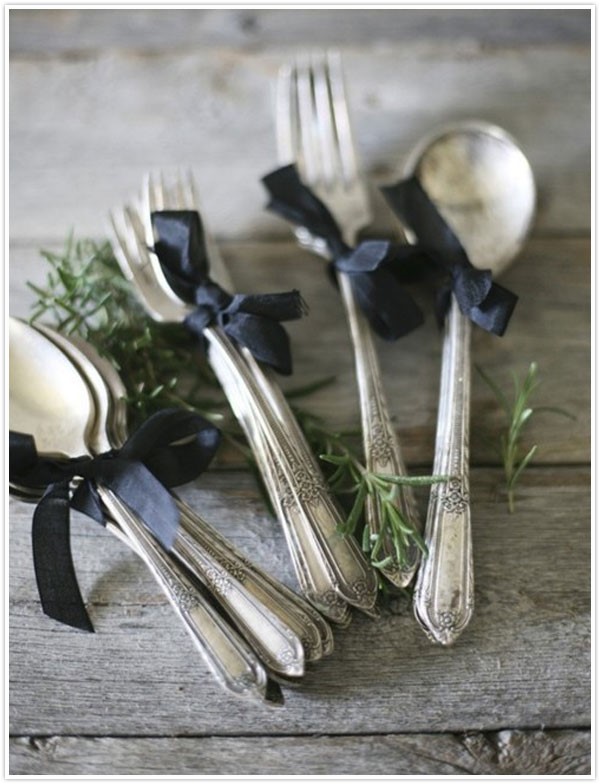
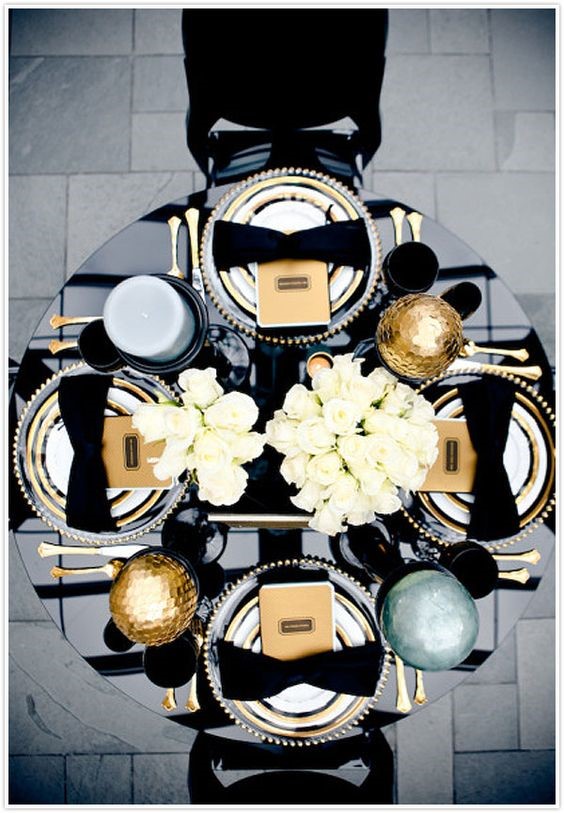
The dining experience should stimulate us, our SENSES, and take them to a superior, different dimension. I have this image in front of my eyes, this feeling. It all starts with the charismatic energy and the warmth of the HOST who will lead you through a visually stimulating place. Playing with ornaments, fresh flowers, natural fabrics, candles, colors and the most important, LIGHT! Enough ambient light to lounge but sufficient to eat. SOUND? Yes, please!! Something happy and smooth to go with and embrace the chat. And the TASTE ? Endless combination of carefully selected food, the inspired CHEF who prepares the dinner with LOVE, stirring the tastes, trying …for the perfect bite! SCENT reaches the table before the dish and you just try to guess what is about to come, and there it is… OMG!
Sitting comfortably around the table, enjoying the COMPANY of each other. Drinking another “after dinner wine” with the excuse of prolonging the chat, the perfect moment, because you are simply having such a great time and you just do not want it to end! PLEASURE!


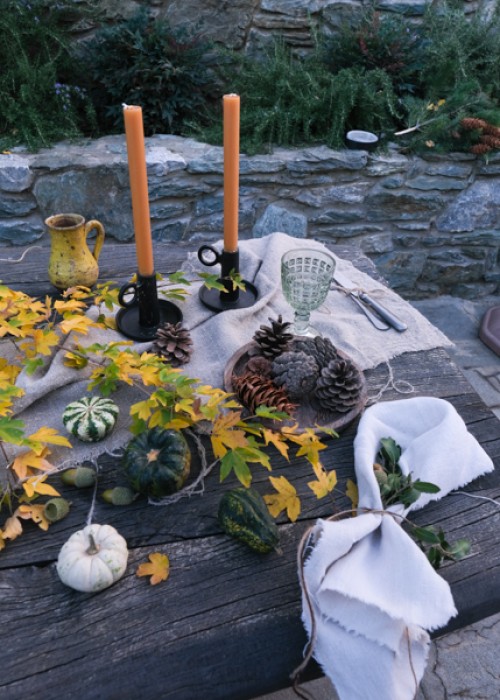
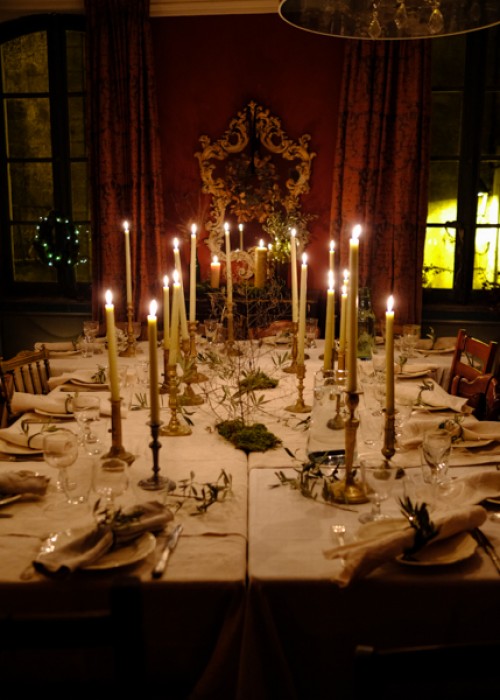

Comments